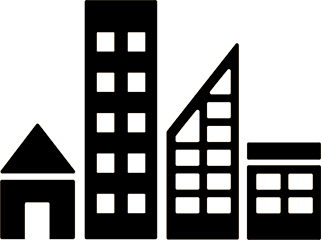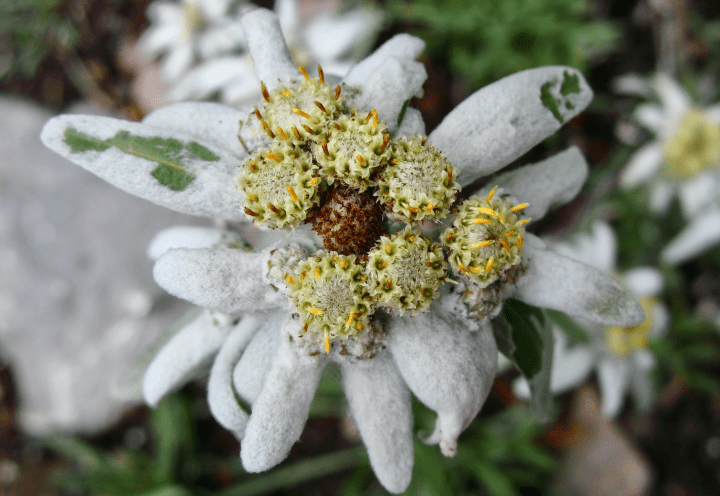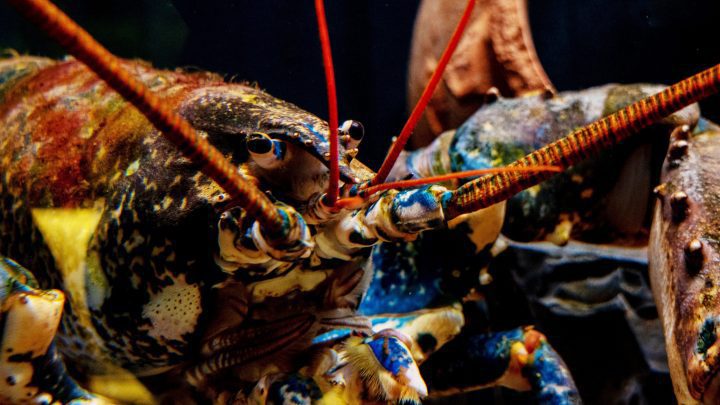UN Sustainable Development Goals Addressed
-

Goal 3: Good Health & Wellbeing
-

Goal 11: Sustainable Cities & Communities
-

Goal 15: Life on Land
2021 Global Design Challenge Finalist
This design concept was developed by participants in the Institute’s Global Design Challenge. The descriptions below are from the team’s competition entry materials.
Location: Utrecht, Netherlands
Team members: Daniel Alberto Perez Rico, Heleen Van Leur, Noa Hudepol, Anwen Pijpers, Guido Puijk
Innovation Details
In addressing the problem of artificial light at night, which disrupts the circadian rhythm and natural functions of organisms and ecosystems, DElight devised a solution to address common design flaws from existing lighting structures. Inspired by the firefly, Saharan silver ant, and lobster, this multifunctional design s nanostructures that efficiently transmit light, guides that light where it is useful (thereby diminishing unnecessary pollution), reduces glare, and incorporates cooling mechanisms. The design ensures that no light is emitted above a 63⁰ angle, uses total internal reflection to create an indirect lighting source, and ultimately decreases significant light pollution and health problems created by streetlights.
Define the problem being solved. In nature, light is both a resource and a source of information. In the early 1800s, humans started using streetlights, increasing safety and productivity at night. However, artificial light at night disrupts the circadian rhythm and natural functions, such as navigation, growth, and predator-prey-relations. This causes turtles to get lost on their way to the sea, plant growth cycles to be affected, and habitats of nocturnal prey species to become uninhabitable. The circadian rhythm of night and day has evolved over billions of years and almost all species and ecosystems are adapted to and depend on this rhythm. Each year, the amount of light pollution increases. In the Netherlands alone, there are approximately 3–4 million streetlights. Through flaws such as insufficiently directed light, they are a major contributor to light pollution. This must be redesigned to reduce another major stressor on our ecosystems.
What organisms/natural systems helped inform this design? This lighting system is based on three models. The firefly’s cuticle presents a nanostructure that efficiently transmits light. The team considered using LEDs that employ such mechanism. The Saharan silver ant’s hairs helps it stay cool by reflecting light. Following this principle, light can be guided to where it is useful and does not pollute. The lobster’s eyes allow it to focus light using reflection instead of refraction. This strategy is used to ensure no light goes into undesired directions. As an extra function, DElight dissipates heat from its surroundings. This is accomplished through the same principle that cools us when we sweat: water evaporation. In addition to lighting and cooling, services are provided by emulating trees. Their canopies generate shade, which help cool their environment, and protect from sunlight and rain. Furthermore, they provide shelter for insects, crucial components in terrestrial ecosystems. This design aims to create similar values within urban areas.
What does this design do? The luminaire design of DElight addresses light pollution as its main factor. Because any light pointing above 63° is pollution, this design guides light into a direction below this angle. First, the LED light source is pointed upwards, which makes it impossible to look at directly, considerably reducing glare. Thanks to its conical shape, light that would usually be lost through reflection is recaptured. The light is then redirected through the use of total internal reflection (TIR) at an angle below 60°. Light that initially came from a single point is distributed onto a larger surface, creating a uniform and comfortable glow. A bio-inspired cut-off is added to convert residual into useful light, and ensures that a viewer standing far from the pole will not suffer from any glare. Incorporated on top of the armature is an insect refuge and space for plants to grow. Rainwater will be collected underneath the plants to keep the substrate moist. Any excess water will be redirected to a gutter. An energy absorbing material will cause this gutter to heat up in the sun, inducing evaporation of excess water, resulting in a cooling effect. A complementary shading system can be supplied. The shading system consists of four slightly tilted rosters that can be easily attached and detached. Deciduous creepers that grow out of our substrate are led across the rosters, creating shading in summer. Furthermore, they provide an additional barrier against skyglow.
How does this solution address the problem or opportunity? Upward directed light is one of the major causes of light pollution and sky glow. Any light emitted above a 63⁰ angle is useless and causes light pollution through glare, light trespass, or excessive scattering of light. Old armatures designed for sodium lights have not been adapted to LED, causing extra glare and overlighting. Glare is especially a problem for elderly and visually impaired people, adversely affecting the inclusivity of public spaces. This design ensures that no light is emitted above a 63⁰ angle and uses total internal reflection to create an indirect lighting source, thereby preventing glare. This significantly decreases light pollution and health problems created by streetlights.
Element: How compatible is this design with all surrounding living systems? Is it safe? How is it more sustainable than the alternatives? This design decreases light pollution. Light pollution is harmful to humans, plants, animal, and entire ecosystems. Furthermore, by reducing glare, this design is safe and inclusive for people with visual impairments. By incorporating both carefully selected plants and insect refuges, is increased. Because lamp posts are placed every few meters, this creates an ‘insect highway’ in ‘desert’ urban areas. In addition, the shading system, plants, and water evaporating gutter can provide a substantial cooling effect in built environments, which benefits all life. Lastly, it has been shown that plants have a beneficial effect on mood. By using a mixture of plants that bloom during different seasons, these streetlights will create a year-round benefit.
(Re)connect Element: Describe how this innovation helped the team connect with the natural world. Skyglow affects the ability to experience the real night, as far ancestors used to experience. In the world today, there are only a few truly dark spaces left. When living in Delft, one team member experienced the immense effects of skyglow from greenhouses. Here, the nights always seemed like dusk or dawn, never night. While working on this innovation, the team realized that, sadly, only two group members have ever actually experienced the beauty of the Milky Way. Faced with the night sky, one can access perspective, reflecting on one’s place in the universe, and therefore in nature. The team wants to create a world where everyone can once again be inspired by the stars, every night.
How were Nature’s Unifying Patterns or Life’s Principles applied to this design? The shape of the armature is determined by the functionality of total internal reflection. By reducing scattering and directing light only to where it is needed, it optimizes energy use. Incorporation of existing strategies such as motion sensors that run on information makes it locally attuned and responsive, therefore only using the energy that is needed. Because the armature fits on existing lamp posts, the team builds using abundant resources. The multifunctional design incorporating cooling and shading is resource efficient. Deciduous creepers for shading are locally attuned and responsive. The use of indigenous plants makes the design resilient to disturbances. They are used as a food source for birds and insects or, depending on the client’s wishes, humans. For instance, hop grown for shading could be harvested by local breweries, creating mutual benefits.




